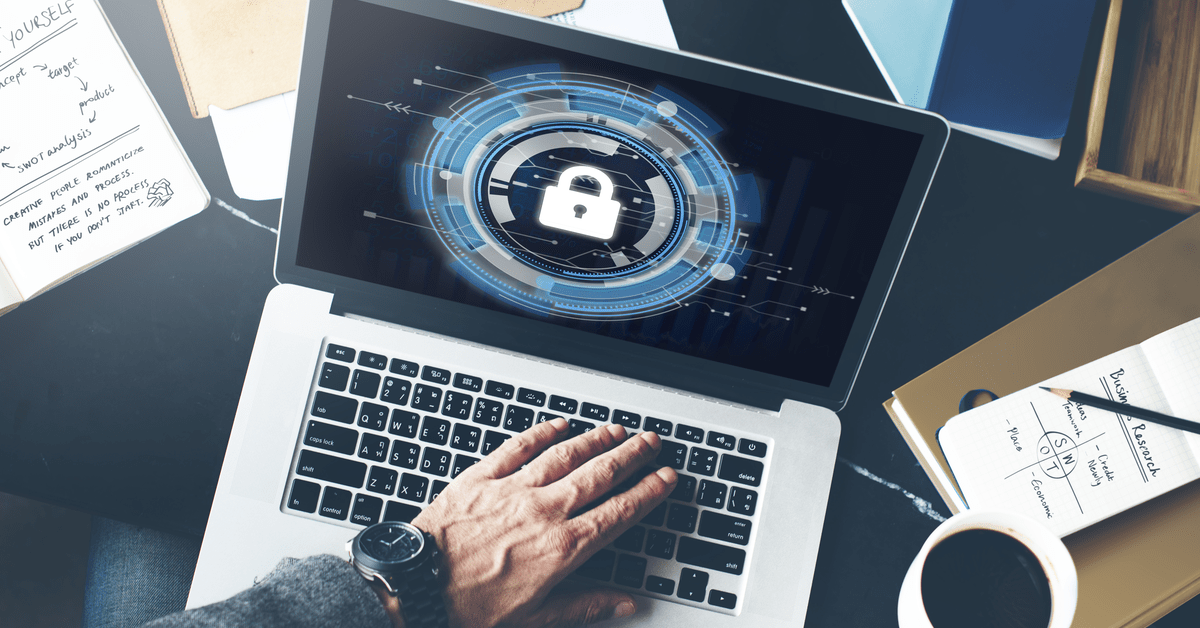Why Work-From-Home Security Is Prioritized Over Customer Experiences

A new survey provides in-depth insights into the tension between work-from-home security, performance, and the customer experience in the age of COVID-19. The results from Menlo Security highlight how the remote workforce has shaped security policy as IT teams race to accommodate outdated equipment and relieve overloaded virtual private networks (VPNs).
The survey assessed the view of 200 IT professionals in decision-making roles, with 87% of participants reporting that more security is needed to support the user experience. The remote workforce is challenged with a range of issues, including connectivity problems, slow access, and obstacles to accessing the resources they need. In addition, 80% of participants said that a hybrid security model is needed to support a good work-life balance.
Overall, companies are being forced to think about the balance between security concerns and productivity demands. Experts are noting that work-from-home security is not a trade-off for customer experience any longer.
The challenges facing IT security are complicated by the outdated hardware and associated security features being used by a remote workforce that was abruptly created. Thousands of workers were scrambling for laptops, sometimes using an older model they had at home for kids’ computer games or online shopping. These computers often lack any virus protection, patching, or firewalls.
The Risks: When working from home, many employees are encountering significant risks. Two-thirds are seeing web or email threats, and 40% experience threats to the IT or cloud environment.
While VPNs were designed to support remote workers, many were set up to handle approximately 10-15% of the network’s traffic. They provided network access to a few employees or contractors, but the current remote workforce is requiring network teams to think about whether their VPNs have the capacity to support the range of work-from-home security concerns as well as the sheer volume of users.
It’s no surprise that as COVID-19 sent waves of employees home, VPNs and their associated infrastructures were choking on congestion. They simply were not scaled for that demand. Many network teams attempted to handle the volume using split tunneling, but this introduced new security vulnerabilities.
Some chief information security officers (CISOs) are introducing different strategies, such as utilizing legacy virtual desktop infrastructure or accessing desktop as a service (DaaS), but some teams find that these approaches are not fully meeting the needs of a remote workforce.
For instance, a virtual desktop may allow remote workers to isolate personal web activity from corporate assets, but there may be a tradeoff when it comes to the cost and the user experience.
As IT teams continue to adjust, they are aware that work-from-home security is not likely to cease being a concern when the pandemic has passed. A large percentage of workers will remain remote.If your organization is looking for new approaches to balancing work-from-home security concerns with productivity and performance, contact us at ITBroker.com. We can help you address vulnerabilities while still meeting your business objectives for optimized business continuity, even in the age of COVID-19.
